
The regions Newton’s Grove School offers busing from are:
How we see Newton’s Grove School
Compare with:
How Newton’s Grove School sees itself
"Newton’s Grove is a student-focused private school for children from JK to Gr 12. For over 45 years our experienced, caring, and dedicated staff has been delivering a dynamic program, providing students with the tools to be well-rounded and successful. Each student achieves their best in small classes with superior programming in academics, athletics, and the arts. Learning occurs in our bright, new, welcoming state-of-the-art facility, bordering on athletic fields and an incredible hundred-acre green space. Fully equipped science labs encourage the exploration of STEAM. Dedicated visual arts and performance spaces support a high level of student engagement and the showcasing of outstanding development in the arts. Our 32,000 sq. ft. Athletic Centre with a double gym and indoor track assists students to achieve excellent fitness, sportsmanship and team play. Our inquiry-based curriculum encourages students to think independently, ask questions, and become critical thinkers. Every student is known as an individual in our challenging and supportive approach to learning, developing the skills, confidence, and problem-solving abilities required to succeed in the post-secondary program of their choice. By emphasizing outstanding teaching and learning, our educational program meets or exceeds the standards of the Ministry of Education."
"Founded in 1977, Newton’s Grove is one of the few JK to Grade 12 schools in the GTA’s west end. Small class size, high academic standards (including AP), a university acceptance rate that is consistently 100%, a well-rounded program in the arts (including our signature music program), technology, leadership, and athletics (over 60 varsity teams and participation in ROPSSAA), all in a state-of-the-art facility surrounded by 100 acres of greenspace – that’s the Newton’s Grove Difference!"
"Our families value our rich 45-year history, and the success of our graduates gives our families the confidence that a Newton’s Grove Education is right for them. Parents also value our well-rounded program. Newton’s Grove is academics first, but it is not academics only. Dynamic programming in academics, athletics, technology, and the arts ensures our students realize their full potential. Newton’s Grove students are set up for success in university and in life!"
"Our families appreciate and value our close-knit community. Our goal is to inspire and engage every student to be a life-long learner with strong creative thinking and problem-solving skills. Our experienced and dedicated team challenges, guides, and supports our students through their learning journey, ensuring that students receive the time and attention they need. Our students are encouraged to speak up, to take care of one another, and to make a difference in society."
"Newton’s Grove opened its beautiful new campus in 2017, fulfilling its goal to create the ideal learning environment. Our facility engages students in a bright, modern space with state-of-the-art infrastructure for technology, custom-designed spaces for science, music, and drama, and a spectacular athletic centre with a double gym and indoor track. Families appreciate the exceptional new facilities and may be surprised to learn that Newton’s Grove was the first private school in Mississauga!"
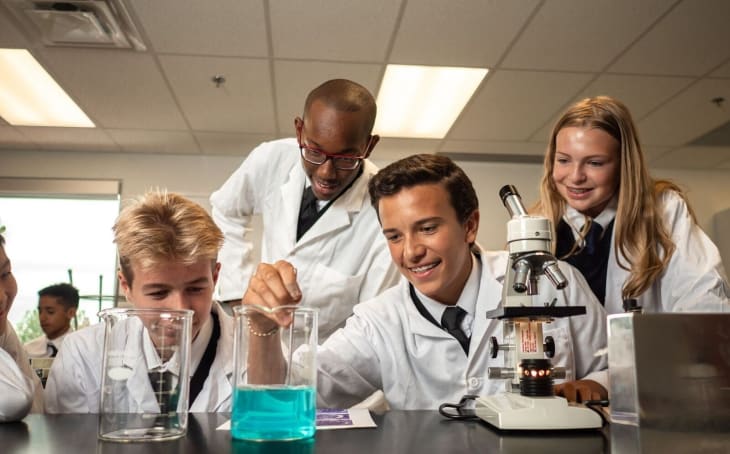

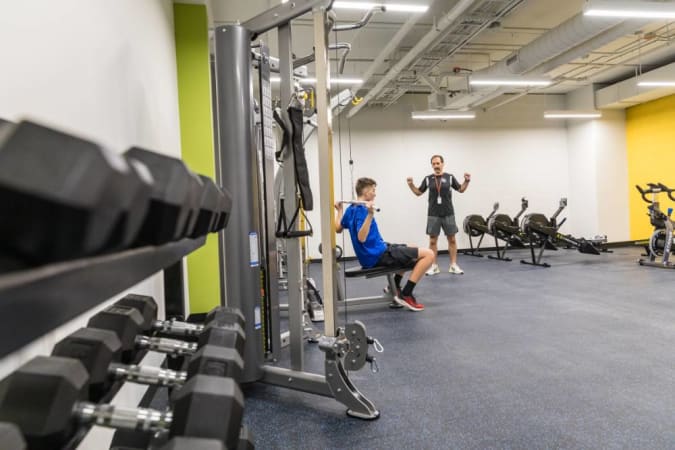
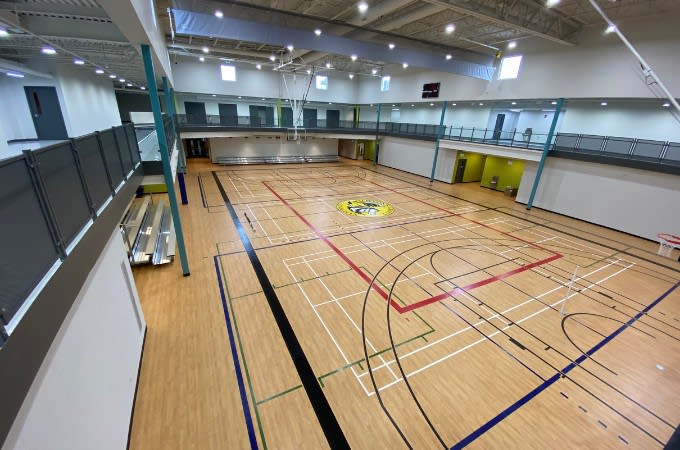
Our gymnasium
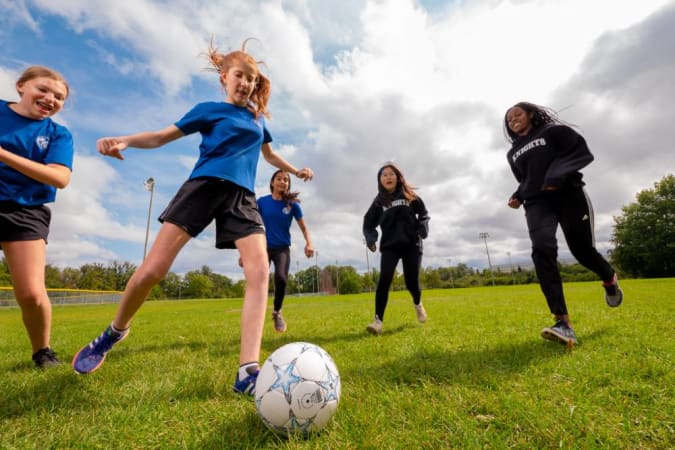
Students playing on the soccer field



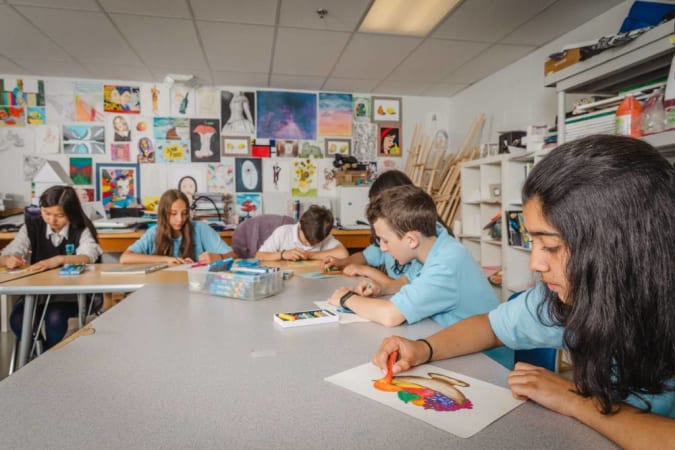
Our Visual Arts room

Drama room
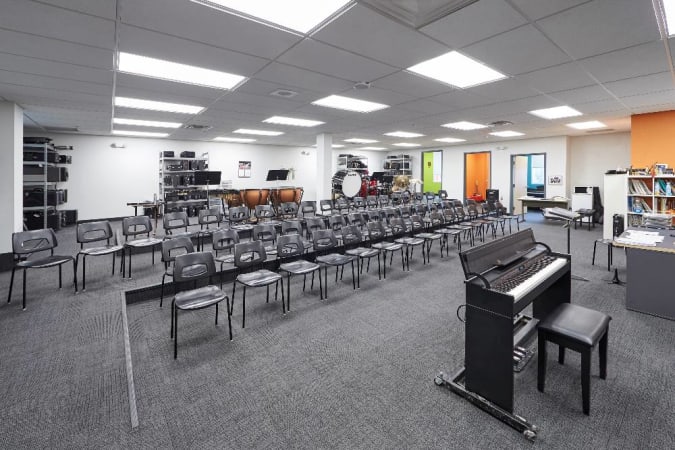
Our fantastic Music room




The patio
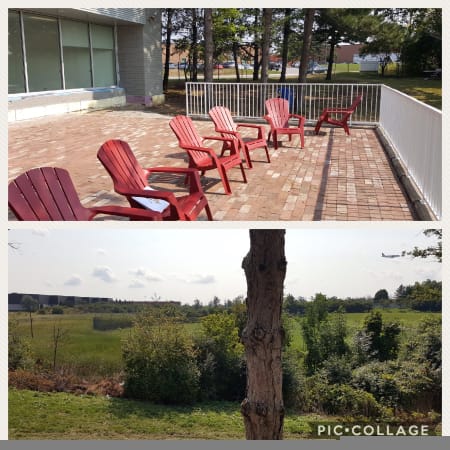
The patio overlooks 100 acres of green space
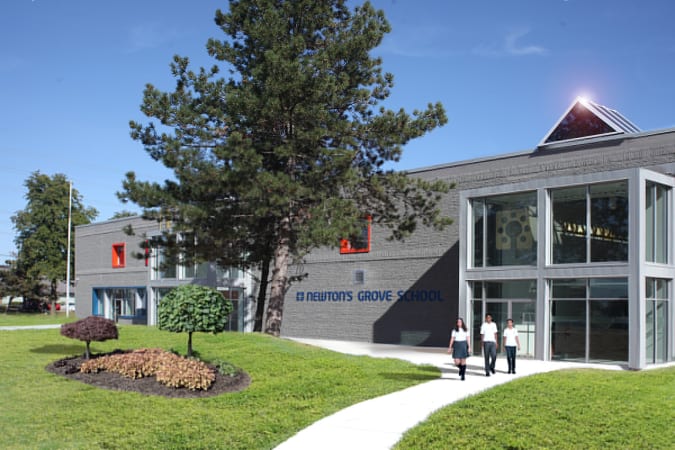
Our new campus is custom designed to support our delivery of the best, individual-focused, holistic education.



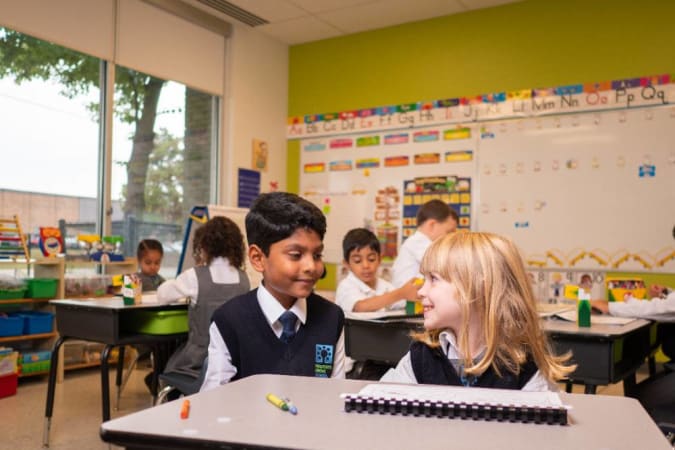
Students learning together in class
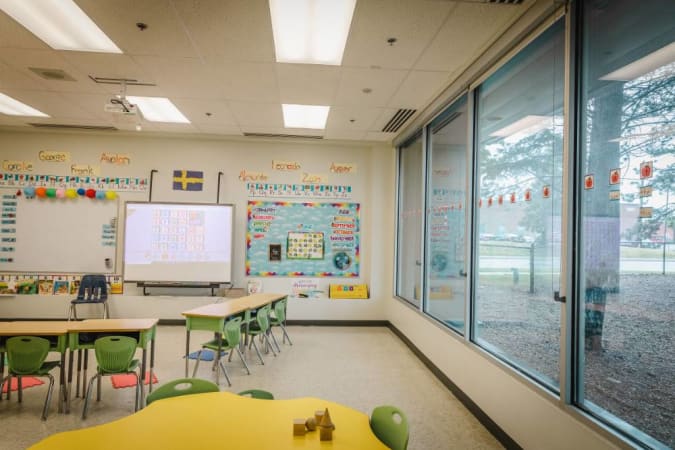
Beautiful classrooms


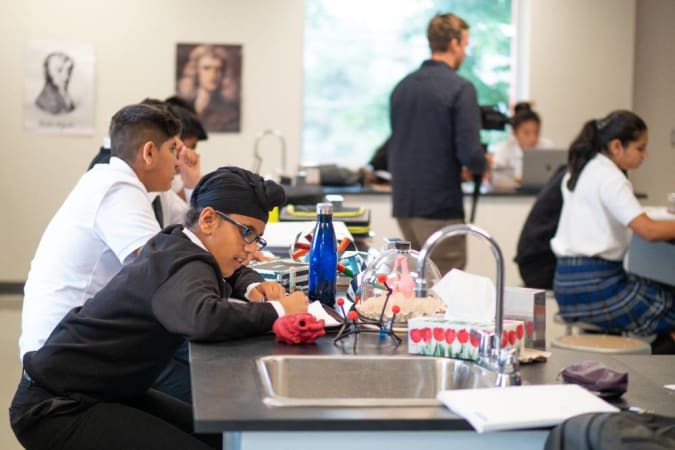
Science Lab

Students participating in Science experiments
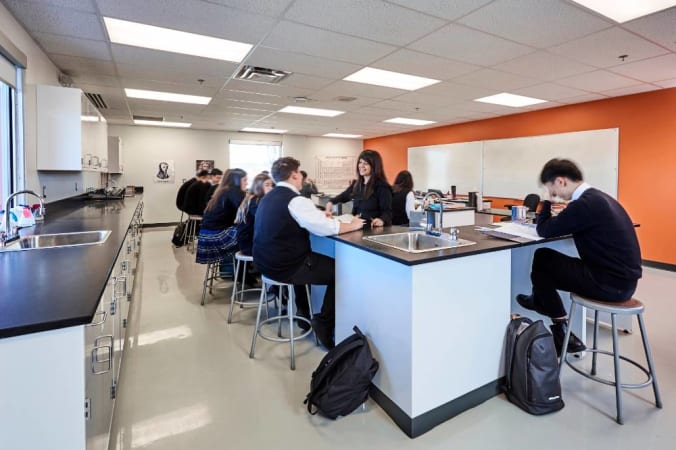
Chemistry classroom




Outdoor learning

Our green atrium


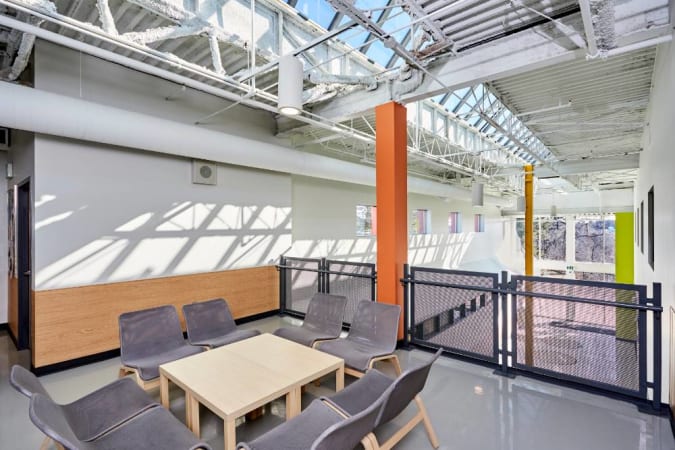
Study Area
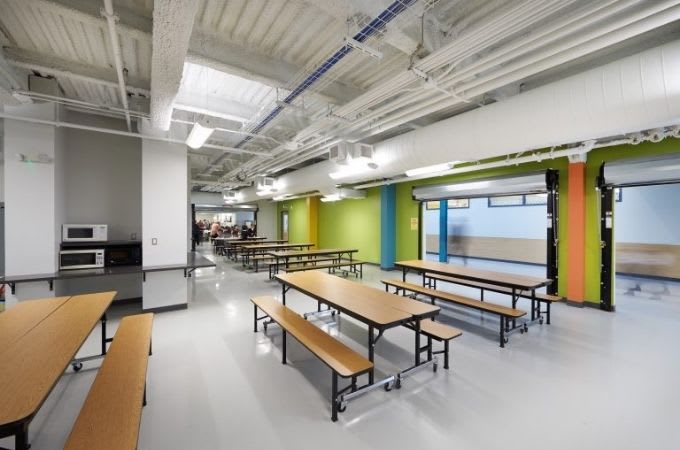
The Cafetorium
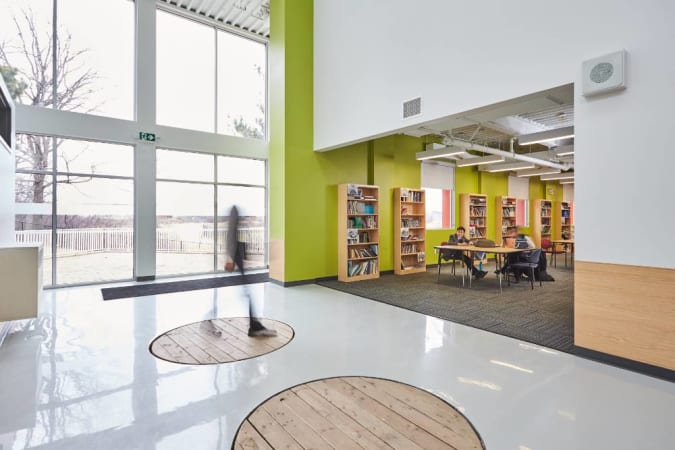
The Learning Commons





How people from the school’s community see Newton’s Grove School
Top-down influence on the school’s direction and tone

Cheri Grogan, Head of School
Cheri Grogan believes that it is our role as educators to create a learning environment where we push our students to think critically and dig for deeper understanding through a balanced approach between traditional concept teaching, and more investigative inquiry-based approaches. And it is through this balanced approach of teaching and fostering a deeper understanding that provides the students with open-mindedness, curiosity and guided skepticism. She also believes that It is imperative that we embrace creativity, collaboration, authentic assessments and deep inquiry to awaken a passion for lifelong learning. At Newton’s Grove, we share this belief, and as such we continue to provide an exceptional academic program because we know that it is no longer about asking students what they want to be when they grow up, instead, we challenge and ask them what problems they would like to solve.
Most big schools provide your extroverted child with plenty of social opportunities and the ability to interact with different peer groups with a wide range of personalities, interests, values, etc. A larger student population and more extracurriculars—including activities like team sports, arts programs, and debate—will give them a broader scope of opportunities to participate in events that scratch their interpersonal itch. “This may also give them the opportunity to hone certain skills,” say Ann and Karen Wolff of Wolff Educational Services. “For instance, they might run for student council to develop leadership and public speaking skills and learn to be a voice for other students.”
Make sure any prospective school, no matter what size, provides the right social environment to help your child feel at home, make friends, and develop confidence. This is especially important at big schools, which are sometimes more socially overwhelming and challenging for an introvert to find their bearings in. Of course, “Because larger schools usually have a more diverse student population, introverted kids are more likely to find a small group of people like them, a peer group they can relate to and find acceptance from,” says Dona Matthews, Toronto-based education consultant and co-author (with Joanne Foster) of Beyond Intelligence.
Bigger schools often have a broader scope of extracurricular activities, which is another way to help your child meet the right group of friends. “This may also give them the opportunity to develop certain skills,” say Ann and Karen Wolff of Wolff Educational Services. “For instance, they might run for student council to develop leadership and public speaking skills and learn to be a voice for other students. Remember, though, each child is different—so what works for one may not work for another.”
THE OUR KIDS REPORT: Newton’s Grove School
Next steps to continue your research:
Continue researching Newton’s Grove School with OurKids.net, or visit school website.